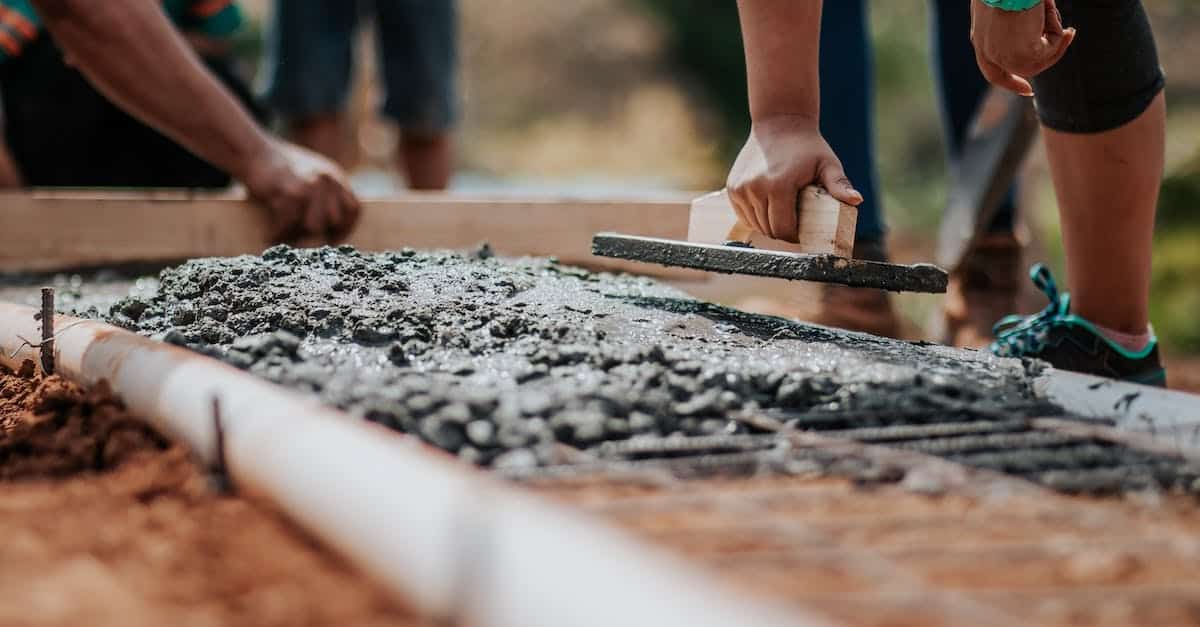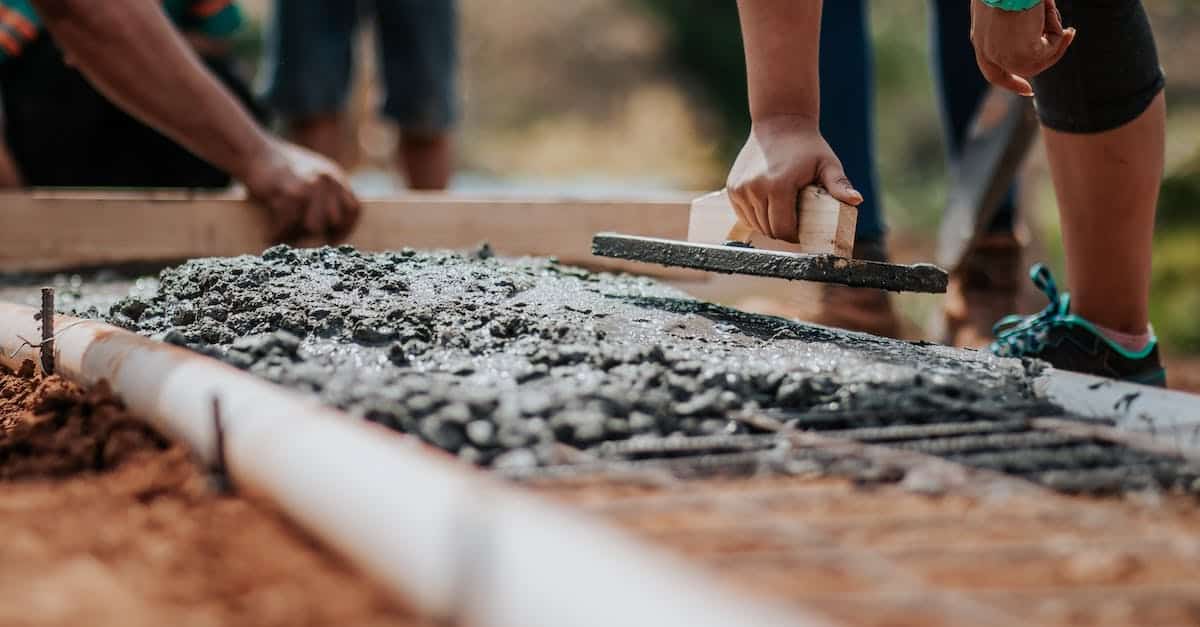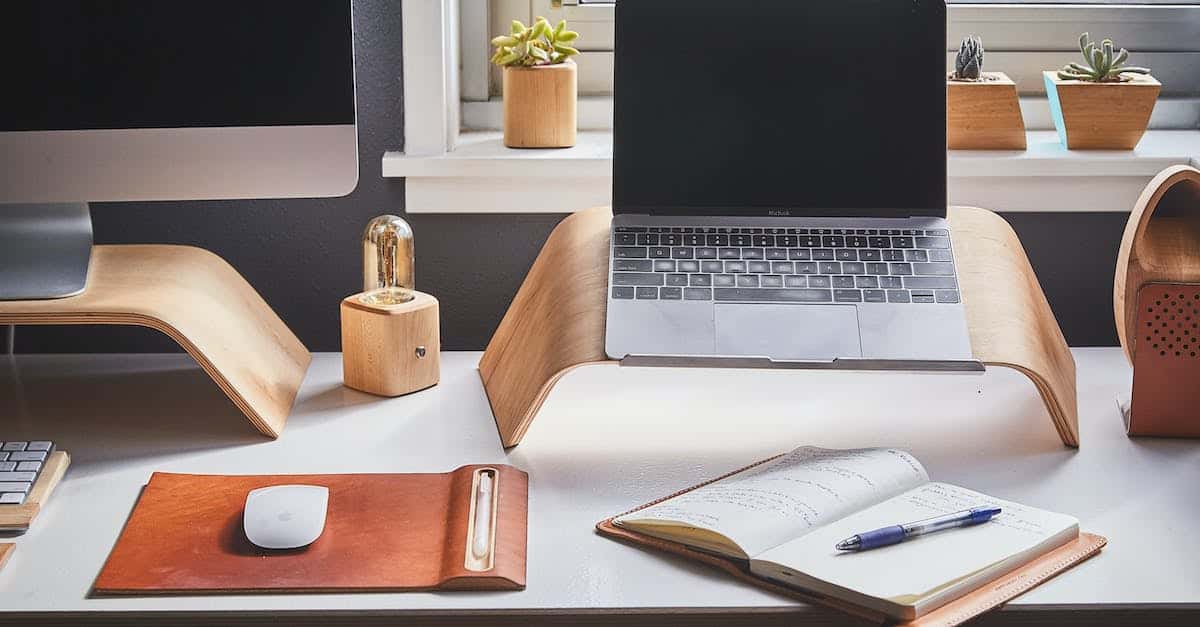Crafting a wooden clock is more than just assembling pieces—it’s an art form that blends precision with creativity. You’ll find yourself immersed in the rich textures and natural beauty that only wood can offer, turning each project into a unique masterpiece.
But don’t be fooled by its timeless appeal, making a wooden clock comes with its own set of challenges. From selecting the right type of wood to mastering intricate joinery and ensuring flawless movement, every step requires patience and skill. You’ll discover that overcoming these hurdles not only enhances your craftsmanship but also deepens your appreciation for this rewarding endeavor.
Embrace the journey of wooden clock making and unlock a world where tradition meets innovation. Whether you’re a seasoned woodworker or just starting out, the process promises both fulfillment and the satisfaction of creating something truly special.
Importance Of Wooden Clock Making
Wooden clock making enhances your woodworking skills by introducing precise joinery and intricate detailing. It transforms raw wood into functional art, showcasing your craftsmanship. Utilizing various wood types, you can experiment with textures and grains to create unique timepieces. Sustainable practices in clock making support environmental responsibility, allowing you to use reclaimed or eco-friendly materials. Additionally, handmade wooden clocks add a personal touch to your home décor, making each piece a conversation starter. Engaging in this craft fosters patience and attention to detail, essential qualities for any woodworker. By mastering wooden clock making, you expand your DIY repertoire and create lasting heirlooms.
Materials Needed
Gathering the right materials ensures your wooden clock meets both aesthetic and functional standards. Here are the essentials:
Selecting The Right Wood
Choosing suitable wood enhances the clock’s durability and appearance.
- Hardwoods such as oak, maple, or walnut provide strength and longevity.
- Softwoods like pine or cedar are easier to work with but may require additional finishing.
- Reclaimed wood offers unique textures and promotes sustainability.
- Plywood can be used for structural components due to its stability.
- Finishes and stains protect the wood and highlight its natural grain.
Essential Tools And Equipment
Having the proper tools streamlines the clock-making process and ensures precision.
- Table saw for accurate wood cutting and shaping.
- Chisels and hand planes for detailed carving and smoothing surfaces.
- Drills and drill bits to create precise holes for clock mechanisms.
- Measuring tools like rulers, squares, and calipers ensure accurate dimensions.
- Sanding equipment for a smooth finish on all surfaces.
- Clamps hold pieces together securely during assembly.
- Clock movement kit includes gears, hands, and other necessary components.
- Safety gear such as goggles and gloves protect you during woodworking tasks.
Design And Craftsmanship
Creating a wooden clock involves both thoughtful design and skilled craftsmanship. Your attention to these elements ensures a functional and beautiful timepiece.
Precision In Joinery
Accurate joinery guarantees your clock’s durability and stability. Use precise measurements to create tight-fitting joints, minimizing gaps. Techniques like dovetail, mortise and tenon, and finger joints provide strong connections essential for a long-lasting clock.
Aesthetic Considerations
Your design choices define the clock’s visual appeal. Select wood types with appealing grains and choose finishes that match your home decor. Incorporate decorative elements such as carvings, inlays, or unique stains to enhance the clock’s beauty. Balancing functionality with aesthetic detail transforms your clock into a standout piece of art.
Common Challenges
Crafting a wooden clock involves overcoming several hurdles to achieve both functionality and aesthetic appeal. Understanding these challenges ensures your project turns out beautifully and reliably.
Wood Durability And Stability
Ensuring your clock remains durable requires selecting the right wood. Hardwoods like oak, maple, and walnut offer strength and resistance to wear, making them ideal for longevity. Softwoods such as pine and cedar are easier to work with but may warp over time if not properly treated. Maintaining stability involves controlling moisture levels in your workshop. Tips include:
- Acclimate Wood: Let wood adjust to your environment for at least 48 hours before crafting.
- Use Finishes: Apply sealants or oils to protect against humidity changes.
- Proper Joinery: Techniques like dovetail and mortise and tenon provide sturdy connections that minimize movement.
Timekeeping Accuracy
Achieving accurate timekeeping hinges on precise assembly of the clock movement. Misalignment can disrupt the clock’s functionality. Key factors to focus on:
- Secure Mounting: Ensure the clock movement is firmly attached to prevent vibrations from affecting performance.
- Alignment: Carefully align gears and hands to maintain consistent timekeeping.
- Quality Movements: Invest in reliable clock movement kits to reduce the likelihood of mechanical issues.
By addressing wood durability and timekeeping accuracy, you enhance both the longevity and precision of your handmade wooden clock.
Solutions And Best Practices
Selecting the Right Wood
Choosing the appropriate wood ensures durability and aesthetic appeal. Opt for hardwoods like oak, maple, or walnut for longevity. If you prefer ease of use, select softer woods such as pine or cedar. Reclaimed wood offers unique textures and promotes sustainability.
Essential Tools Maintenance
Maintaining your tools guarantees precision in clock making. Regularly sharpen chisels and saw blades to ensure clean cuts. Clean and lubricate moving parts of power tools to extend their lifespan. Store tools in a dry, organized space to prevent damage.
Mastering Joinery Techniques
Strong joints are vital for a stable clock. Use dovetail, mortise and tenon, or finger joints for reliable connections. Practice each technique on scrap wood to build confidence. Accurate measurements and careful assembly prevent gaps and enhance durability.
Ensuring Timekeeping Accuracy
Accurate timekeeping relies on precise assembly. Securely mount the clock movement to minimize vibrations. Align all components carefully to prevent misalignment. Test the mechanism regularly and make adjustments as needed to maintain accuracy.
Finishing for Protection and Beauty
A quality finish protects the wood and highlights its natural grain. Apply a protective finish like polyurethane or tung oil to guard against moisture and wear. Sand between coats for a smooth surface. Choose stains or paints that complement your home décor and personal style.
Sustainable Practices
Embrace sustainability by using eco-friendly or reclaimed materials. Source wood from responsible suppliers to reduce environmental impact. Recycle scrap wood by repurposing it for smaller clock parts or other projects. Implement energy-efficient practices in your workshop to minimize waste.
Project Planning and Design
Effective planning streamlines the clock-making process. Sketch detailed designs before starting to visualize the final product. Create a materials list to ensure you have all necessary components. Allocate specific times for each stage of the project to stay organized and on track.
Safety First
Prioritize safety to prevent accidents. Wear appropriate safety gear, including goggles, gloves, and ear protection. Keep your workspace clean and free of clutter to avoid trips and falls. Follow manufacturer guidelines for all tools and equipment to ensure safe operation.
Continuous Learning and Improvement
Enhance your skills by learning new techniques and staying updated with industry trends. Attend woodworking workshops or join online communities to exchange ideas. Experiment with different wood types and finishes to discover what works best for your projects.
Quality Control
Regularly inspect each component during assembly to ensure precision. Use measuring tools to verify dimensions and alignment. Address any issues immediately to maintain the integrity of the clock. Consistent quality control results in reliable and aesthetically pleasing timepieces.
Leveraging Technology
Incorporate technology to improve efficiency and accuracy. Use CAD software to design intricate clock parts before crafting them. Implement digital measuring tools for precise measurements. Explore CNC machines for complex cuts and patterns to enhance your craftsmanship.
Time Management
Manage your time effectively to balance clock making with other commitments. Set specific goals and deadlines for each project phase. Break tasks into manageable steps to maintain progress. Prioritize tasks based on importance and difficulty to optimize workflow.
Personalization and Creativity
Add personal touches to make each clock unique. Incorporate custom carvings, unique stains, or personalized engravings. Experiment with different wood combinations and decorative elements to reflect your style. Personalization enhances the value and appeal of your handmade clocks.
Effective Storage Solutions
Store your finished clocks properly to prevent damage. Use padded displays or protective cases to safeguard delicate parts. Keep clocks away from extreme temperatures and humidity to maintain their condition. Organize your workshop to easily access tools and materials when needed.
Troubleshooting Common Issues
Address common problems promptly to maintain project momentum. If pieces don’t fit, reassess measurements and make necessary adjustments. For alignment issues, realign components carefully and secure them firmly. Seek advice from experienced woodworkers or resources to resolve persistent challenges.
Documentation and Record-Keeping
Maintain detailed records of your projects for future reference. Document designs, measurements, and materials used for each clock. Keep track of techniques that worked well and areas for improvement. Comprehensive documentation aids in refining your craft and replicating successful outcomes.
Conclusion
Taking on wooden clock making opens up a world of creativity and craftsmanship for you. Each step you take transforms raw wood into something functional and beautiful. Embracing the challenges you encounter only makes the final piece more rewarding.
As you continue your journey, you’ll find that the skills you develop extend beyond clock making. Patience attention to detail and a deep appreciation for sustainable practices become second nature. Your handmade clocks will not only enhance your home but also serve as lasting reminders of your dedication and skill. Dive in and enjoy the unique satisfaction that comes with crafting your own wooden timepieces.
Frequently Asked Questions
What materials are best for crafting wooden clocks?
Choosing the right wood is crucial for durability and aesthetics. Hardwoods like oak, maple, and walnut are recommended for their strength and longevity. Softer woods such as pine or cedar are easier to work with, making them ideal for beginners. Reclaimed wood is also popular for its unique textures and sustainability benefits. Selecting the appropriate wood type ensures your clock not only looks beautiful but also stands the test of time.
What essential tools do I need to make a wooden clock?
To craft a wooden clock, you’ll need several essential tools. A table saw, chisels, and drills are important for shaping and assembling the wood. Measuring tools and sanding equipment ensure precision and smooth finishes. Clamps help hold pieces together during assembly, while a clock movement kit is necessary for the clock’s functionality. Additionally, safety gear like goggles and gloves are recommended to protect yourself during the process.
How do I ensure accurate timekeeping in my wooden clock?
Accurate timekeeping starts with precise assembly and alignment of the clock movement. Securely mounting the clock movement within the wood ensures stability. Careful measurement and alignment of all parts prevent timekeeping errors. Using quality clock movement kits and regularly maintaining the clock can also enhance accuracy. Attention to detail during the assembly process is essential for a reliable and functional wooden clock.
What joinery techniques are best for wooden clock making?
Strong and precise joinery is vital for the durability of wooden clocks. Techniques like dovetail, mortise and tenon, and finger joints provide robust connections. These methods ensure that the pieces fit securely together, maintaining the clock’s stability over time. Mastering these joinery techniques not only enhances the clock’s strength but also adds to its aesthetic appeal, making it a lasting piece of functional art.
Can I use reclaimed wood for making a wooden clock?
Yes, reclaimed wood is an excellent choice for crafting wooden clocks. It offers unique textures and character that add to the clock’s beauty. Additionally, using reclaimed wood promotes sustainability by repurposing existing materials. When selecting reclaimed wood, ensure it is in good condition and free from significant warping or damage. This choice not only creates a distinctive piece but also supports eco-friendly practices.
What finishing techniques should I use for a wooden clock?
Finishing your wooden clock enhances its appearance and protects the wood. Common techniques include staining to highlight the wood grain, painting for a personalized touch, or applying a clear varnish for a natural look. Sanding between coats ensures a smooth finish. Choosing the right finish depends on your desired aesthetic and the type of wood used. Proper finishing not only beautifies the clock but also extends its lifespan.
How can wooden clock making improve my woodworking skills?
Crafting wooden clocks involves precise joinery and intricate detailing, which can significantly enhance your woodworking skills. The process requires accurate measurements, careful assembly, and attention to detail, all of which foster precision and craftsmanship. Additionally, experimenting with different wood types and finishes broadens your expertise. Mastering clock making can expand your DIY repertoire and lead to creating more complex and refined woodworking projects.
What are common challenges in making a wooden clock and how to overcome them?
Common challenges include selecting the right wood for durability, ensuring precise joinery, and achieving accurate timekeeping. To overcome these, choose hardwoods like oak or maple for longevity, master joinery techniques such as dovetail or mortise and tenon, and carefully align the clock movement during assembly. Additionally, acclimating the wood and using protective finishes can maintain stability. Patience and attention to detail are key to addressing these challenges effectively.
How can I make my wooden clock unique and personalized?
Personalizing your wooden clock can be achieved through various design elements. Incorporate unique wood grains, apply custom stains or paints, and add decorative carvings or engravings. Experiment with different finishes and hardware to match your home décor. You can also customize the shape and size of the clock to reflect your personal style. These touches not only make your clock unique but also create a meaningful and functional piece of art.
What safety measures should I take when crafting a wooden clock?
Safety is paramount when crafting wooden clocks. Always wear appropriate safety gear, including goggles and gloves, to protect against wood chips and debris. Ensure your workspace is well-ventilated, especially when using finishes or adhesives. Keep tools in good condition and use them as intended to prevent accidents. Additionally, follow proper handling and storage procedures for all materials and tools to maintain a safe and efficient crafting environment.




